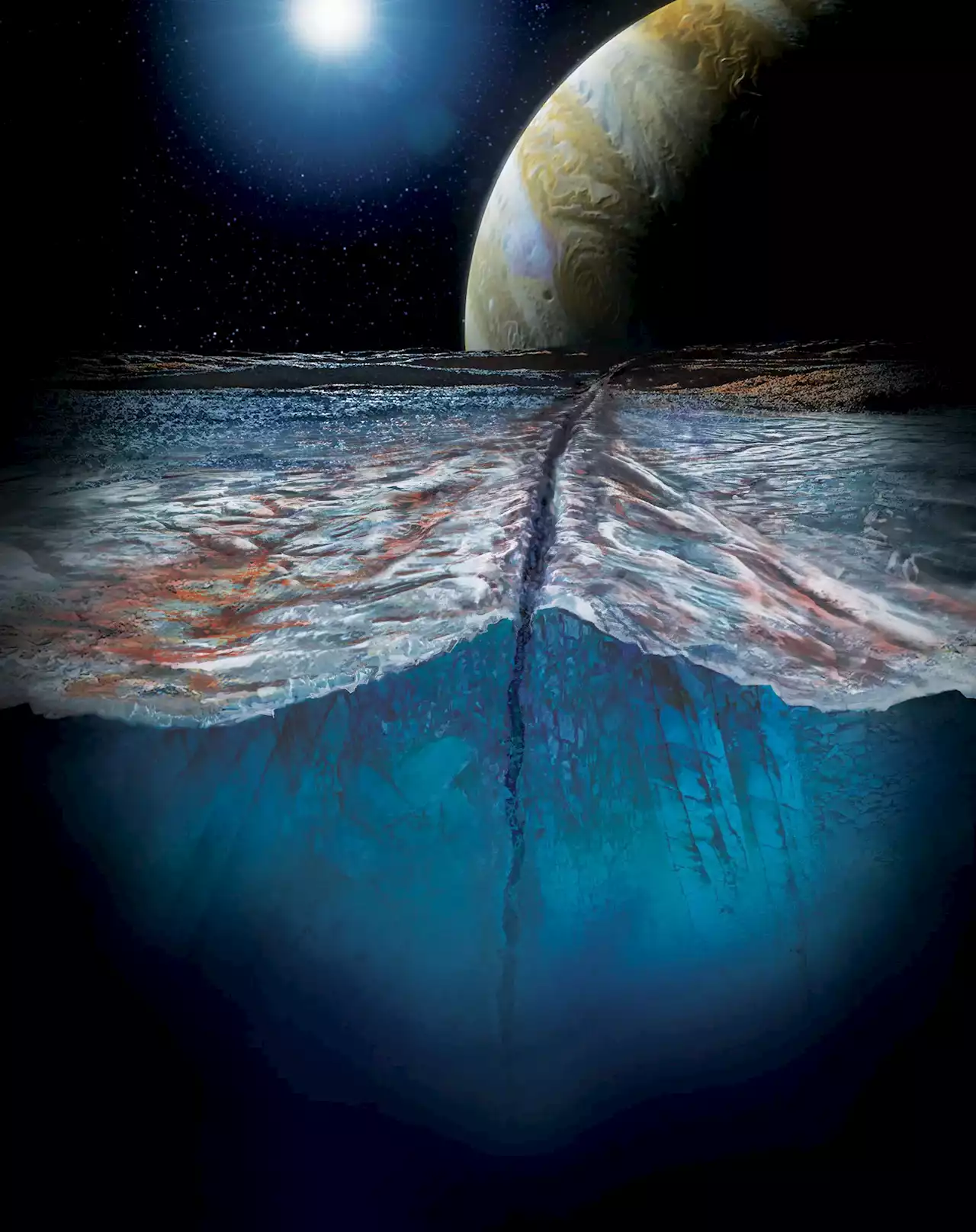The material went through severe stress, which relaxed when it returned to the ground.
Various research teams are experimenting with different facets of the perovskite solar cells, but a journey through space is a different feat altogether. The solar cell will face changes in temperatures, radiation, light, and vacuum – at the same time – something that is impossibly difficult to replicate on Earth.
So, a team of researchers led by McMillon-Brown created a 1-inch by 1-inch sample in 2019, and once it passed through the stringent requirements of spaceflight, it was blasted off to theThe sample was part of the Materials International Space Station Experiment platform and also became a part of a spacewalk when astronauts took it out of the ISS, opened it, and attached it to the outside of the space station to expose it to the rigors of space.
The researchers found that extreme temperature swings during the flight constantly expanded and shrank the sample putting it under quite a bit of stress. However, they also found that when the sample was exposed to light back on Earth, the stresses relaxed and it marked a return to its sunlight-absorbing capacities again. In contrast, the sample that remained on Earth did not exhibit similar properties.
The team also found that exposure to space also caused a rearrangement of perovskite crystals inside the solar cell and changed how they absorbed light for the better. "Not only do they survive, but in some ways, they thrived," said McMillon-Brown in a
Malaysia Latest News, Malaysia Headlines
Similar News:You can also read news stories similar to this one that we have collected from other news sources.
 Killer whales are attacking boats, even sinking one, and researchers want to know whyThey have also been observed teaching their young how to disable the boats.
Killer whales are attacking boats, even sinking one, and researchers want to know whyThey have also been observed teaching their young how to disable the boats.
Read more »
 Parkinson’s Warning: UCLA & Harvard Researchers Identify 10 Neurotoxic PesticidesWith thousands of pesticides in use, the researchers’ new screening approach could make it easier to determine which ones are linked to the disease. Researchers at the University of California, Los Angeles (UCLA) Health and Harvard University have identified 10 pesticides that significantly damag
Parkinson’s Warning: UCLA & Harvard Researchers Identify 10 Neurotoxic PesticidesWith thousands of pesticides in use, the researchers’ new screening approach could make it easier to determine which ones are linked to the disease. Researchers at the University of California, Los Angeles (UCLA) Health and Harvard University have identified 10 pesticides that significantly damag
Read more »
 Icy Enigma Unveiled: Researchers Crack the Code of Jupiter and Saturn’s Moons’ Radar SignaturesScientists unveil solutions to enigmatic radar characteristics of Jupiter and Saturn's moons A collaborative investigation led by Dr. Jason Hofgartner, Senior Research Scientist at the Southwest Research Institute, sheds light on the puzzling radar signatures of icy satellites orbiting Jupiter and
Icy Enigma Unveiled: Researchers Crack the Code of Jupiter and Saturn’s Moons’ Radar SignaturesScientists unveil solutions to enigmatic radar characteristics of Jupiter and Saturn's moons A collaborative investigation led by Dr. Jason Hofgartner, Senior Research Scientist at the Southwest Research Institute, sheds light on the puzzling radar signatures of icy satellites orbiting Jupiter and
Read more »
 Researchers unlock the fountain of youth in mice through genetically modified stem cellsThe discovery offers exciting prospects for potential human applications, with the possibility of extending lifespan and improving quality of life.
Researchers unlock the fountain of youth in mice through genetically modified stem cellsThe discovery offers exciting prospects for potential human applications, with the possibility of extending lifespan and improving quality of life.
Read more »
 Desulfovibrio Bacteria: Researchers Discover a Potential Cause of Parkinson’s DiseaseResearchers at the University of Helsinki have demonstrated that certain strains of Desulfovibrio bacteria are the likely cause of Parkinson’s disease in most cases. The study enables the screening of the carriers of Desulfovibrio strains and the removal of the bacteria from the gut – also making it
Desulfovibrio Bacteria: Researchers Discover a Potential Cause of Parkinson’s DiseaseResearchers at the University of Helsinki have demonstrated that certain strains of Desulfovibrio bacteria are the likely cause of Parkinson’s disease in most cases. The study enables the screening of the carriers of Desulfovibrio strains and the removal of the bacteria from the gut – also making it
Read more »
 Vigilante violence disproportionately harms marginalized communities: ResearchersThe death of Jordan Neely, a homeless Black man killed in a chokehold on the subway, highlights how marginalized groups are disproportionately impacted by vigilante efforts, which can manifest in violence and even death, Researchers tell ABC
Vigilante violence disproportionately harms marginalized communities: ResearchersThe death of Jordan Neely, a homeless Black man killed in a chokehold on the subway, highlights how marginalized groups are disproportionately impacted by vigilante efforts, which can manifest in violence and even death, Researchers tell ABC
Read more »
